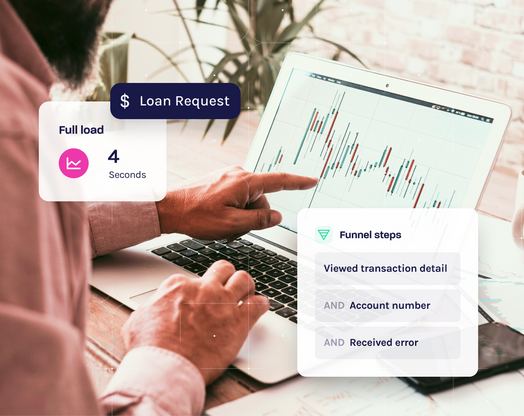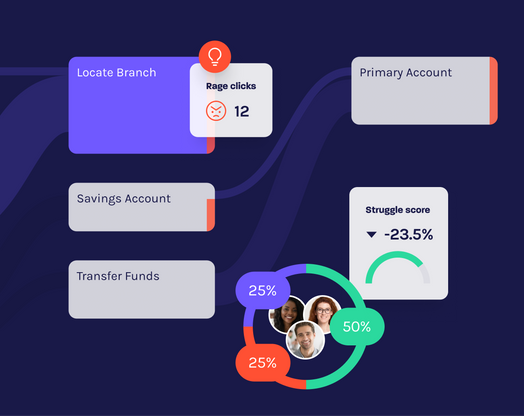
How to improve your ecommerce bounce rate benchmark
Every online business has a bounce rate. Some are good, some are okay, and some are bad. Well-known brands that have a dedicated customer base experience bounce rates, which are similar to smaller companies. This is something that every online retailer experiences. Chances are, you probably wonder how your bounce rate compares to the industry average, and what you can do to improve it.
Are too many customers bouncing?
Essentially, a bounce rate is when a potential customer clicks on to your company’s webpage and then clicks off, or ‘bounces,’ without further navigation of the website. This can be for a variety of reasons, and it is rare that a customer will click on to a page and purchase a product or service during the first visit.
A high bounce rate is problematic, as that means that the majority of customers are clicking off of your website without purchasing. A low bounce rate is ideal, and therefore a lot of businesses focus on improving their website in search of a good bounce rate.
Most websites aim to have a bounce rate between 26 – 40%, as that is considered an acceptable range. Once the bounce rate gets into the range of 56 – 70% it is okay, but by no means ideal. Once you have an idea of the ecommerce bounce rate benchmark, you’ll know how much work you need to do to improve your own.
Improving the ecommerce bounce rate benchmark
There are a variety of ways that your online business can improve their ecommerce bounce rate benchmark, and they all have to do with improving the website itself.
- Most customers will click onto a website from an advertisement on social media, or another relevant webpage that is linked. If a customer arrives on your webpage and they do not see a recognizable logo, discount offered, or the content that made them interested in your product initially, they may ‘bounce.’ That is why everything on the website must be cohesive with the brand, and actively entice the customer to stay and explore further.
- Timing is everything. Have you ever clicked on to a website that took 5 or more seconds to load? If the answer is yes, then it is likely you got tired of waiting and decided to click on to another site altogether. Websites that take longer than 3 seconds to load have a bounce rate of around 90%, which means that your website must be free of bugs, and ready to load quickly.
- Customers need to be guided. If they are interested in purchasing a product, but cannot easily see where the “Add to shopping cart” button is, then they may go find a similar product on another website. As well, if they do not like the product they are viewing but they do like the brand, they should be able to find comparable products easily. The website must be easy to navigate, and pleasing to the eye. UX/UI design is a key part of reducing bounce rate.
These are just a few simple tips and tricks to improve your ecommerce bounce rate benchmark, and have potential customers staying on your website long enough to make a purchase. The user experience is always important, and understanding how a customer interacts with a mobile app or website is crucial when it comes to funneling them towards a purchase. Understanding the bounce rate, and why it is increasing, will help you to meet the needs of your customers, and eventually decrease the bounce rate, and increase purchases.








